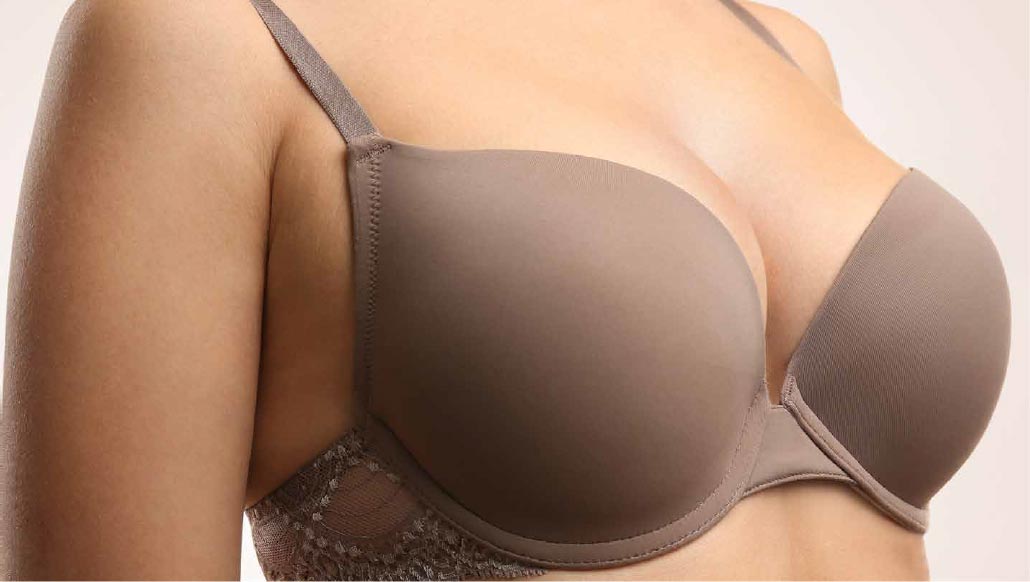
Breasts that are too large cause problems for many women. Those who experience back pain, neck pain, and discomfort in the chest may opt for breast reduction surgery. This procedure not only improves physical symptoms but can also boost confidence and overall wellbeing.

Procedure
Breast reduction surgery, also referred to as reduction mammoplasty, reduces the size and improves the shape of the breasts. Typically, women who are candidates for this procedure have physical symptoms related to the weight or shape of their breasts. These symptoms include back pain, neck pain, and bra strap grooves in the shoulders. The incisions vary based on the breast size before the operation and the final post-operative size. An incision is made around the nipple and areola accompanied by a vertical incision below the areola with or without a horizontal incision made in the crease below the breast. Short scar techniques are frequently applicable in breast reduction surgery and allow excellent reduction of size with improved shape while limiting the extent of the incisions. For reduction of very large breasts, in some cases the nipple and areola may need to be surgically removed and reapplied as a graft. Removing and reapplying the nipple/areola tissue will result in the loss of nipple sensation and the inability to breastfeed.
LENGTH
The procedure usually requires two to four hours of operating time depending on the technique chosen and the size of the breasts.
ANAESTHESIA
The procedure is typically performed under general anaesthesia supplemented with local anaesthesia. Smaller reductions can be performed under intravenous sedation without the need for general anaesthesia.
INPATIENT/OUTPATIENT
Depending on the size of the breasts, type of anaesthesia selected, and length of the surgical procedure, patients may return home on the same day as their surgery or spend the night at an aftercare facility or hospital.

POSSIBLE SIDE EFFECTS
Bleeding, infection, prolonged swelling and delayed healing and assymetry.
RISKS
Risks associated with breast reduction include unfavourable scarring, loss of nipple sensation, loss of ability to breastfeed, loss of nipple and breast tissue, unsatisfactory shape, and failure to achieve aesthetic goals.
RECOVERY
Typically recovery requires one to two weeks. Most patients return to normal activities within that period of time. Strenuous physical activities are discouraged for three to six weeks after the surgery.
RESULTS
Most patients who undergo a reduction mammoplasty are pleased with the size and the shape of their breasts and are delighted with the improvement and lessening of the symptoms of pain and discomfort that they experienced due to the weight of their breasts. Breast reduction makes physical activities easier and patients enjoy their new appearance including the opportunity to wear clothing that previously felt uncomfortable or unattractive before the surgery was performed.

Complete the form below to arrange your consultation.
We respect your privacy. We never share your information with third parties.